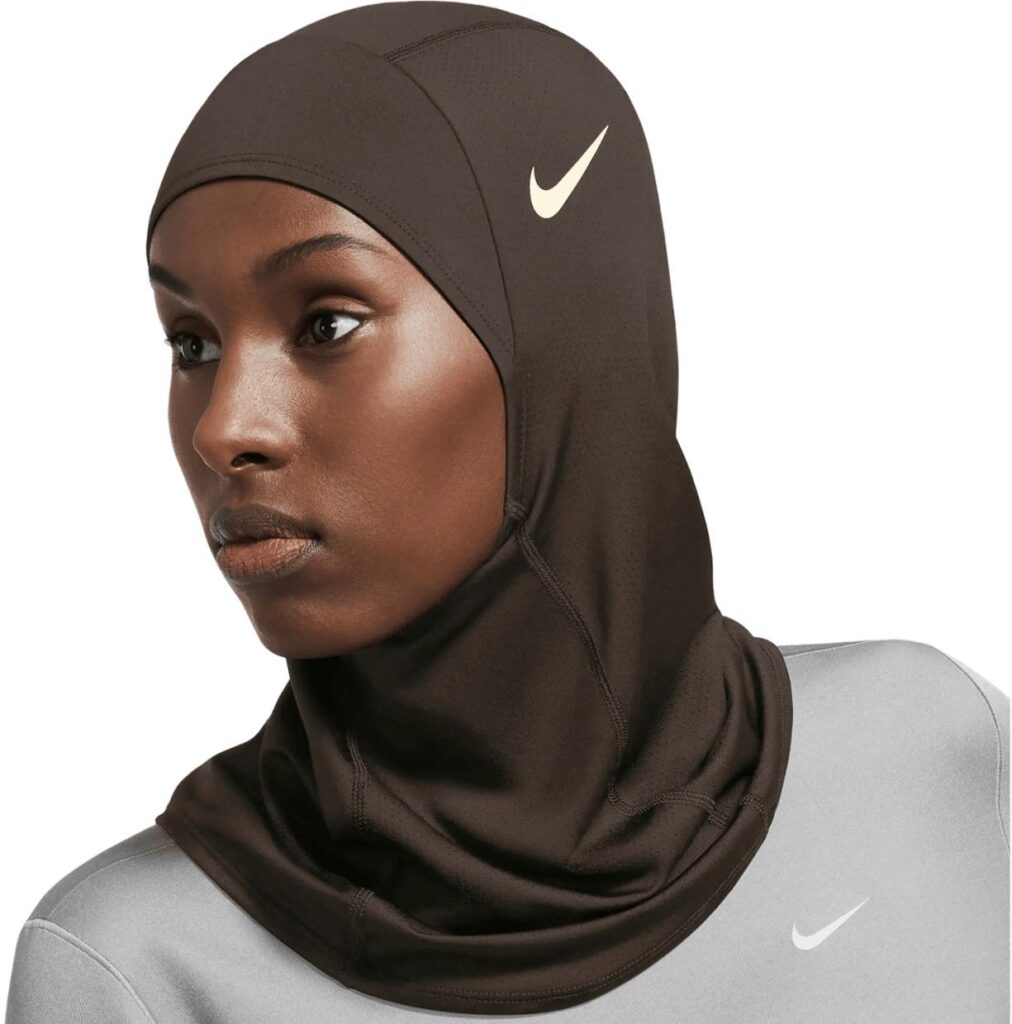Nike’s Pro Hijab marks a significant milestone in the world of modest sportswear, offering Muslim athletes greater freedom and comfort during physical activity. Launched with much acclaim, the lightweight, breathable hijab challenges traditional restrictions and signals a growing recognition of diverse needs within the athletic community. However, while Nike’s high-profile entry into this niche represents a major leap forward, the brand is not the pioneer in designing sports hijabs. This article explores the impact of Nike’s Pro Hijab, its place in the broader landscape of modest sportswear, and the trailblazers who laid the groundwork before it.
Nike’s Pro Hijab Revolutionizes Athletic Wear for Muslim Women
Nike has made significant strides in the world of athletic wear by introducing a hijab designed specifically for Muslim women athletes. The Pro Hijab combines performance-driven fabric technology with culturally respectful design, enabling women to compete at their highest levels without compromising on their values. Lightweight, breathable, and designed to stay securely in place, this innovation addresses a long-standing gap in the market, promoting inclusivity and empowering athletes who were previously limited by traditional sportswear options.
Despite the groundbreaking nature of Nike’s entry, they are not pioneers in the modest sportswear arena. Several smaller brands and community-driven initiatives have been creating hijabs and modest activewear for years, often with grassroots support and intimate knowledge of the needs of Muslim athletes. Below is a brief comparison highlighting key features and launch timelines of notable modest sportswear offerings:
| Brand | Product | Year Launched | Key Features |
|---|---|---|---|
| Nike | Pro Hijab | 2017 | Breathable, lightweight, secure fit |
| Ahiida | Modest Swimwear | 2007 | Full coverage, chlorine resistant |
| ASYOU | Active Hijab | 2015 | Moisture-wicking, stretch fabric |
| Veil Garments | Hijab Cap | 2010 | Comfort fit, anti-slip design |
- Inclusivity in Sport: Removing barriers for Muslim women to participate fully.
- Technical Innovation: Incorporating sports science to meet athletic demands.
- Market Dynamics: Rising consumer demand driving new modest wear brands.
Exploring the Historical Roots of Modest Sportswear Before Nike
Long before global brands like Nike capitalized on the surge of demand for modest sportswear, numerous grassroots initiatives and pioneers laid the groundwork for this niche market. In regions spanning the Middle East, Southeast Asia, and parts of Africa, local designers and athletes had been experimenting with functional, modest athletic attire to meet cultural and religious needs. These early efforts combined traditional fabrics with modern sportswear technology, creating hybrid garments that were both respectful of modesty requirements and effective under athletic conditions. Key players included small-scale brands and community-led movements emphasizing inclusivity and representation in sports.
To understand the evolution, a brief look at influential milestones before Nike’s Pro Hijab reveals how modest activewear navigated challenges like fabric breathability, mobility, and cultural acceptance. Below is a simple overview of notable developments:
| Year | Brand/Initiative | Contribution |
|---|---|---|
| 1995 | S.A.H.A.R. Activewear | Pioneered lightweight hijabs designed for jogging |
| 2008 | Modest Moves Collective | Community workshops promoting modest yoga apparel |
| 2014 | VeilFit Sports | First to integrate moisture-wicking fabrics in mosque-friendly gym wear |
These developments set the stage for Nike’s entry by highlighting a persistent demand often overlooked by mainstream sportswear giants. Today’s market success owes much to those early innovators who championed designs blending athletic performance with cultural sensitivity well before mass commercialization.
Design Innovations That Balance Performance and Modesty
Sporting apparel that embraces both high performance and cultural modesty is no longer a niche market; it is a dynamic field where innovation drives inclusivity. Nike’s Pro Hijab has garnered attention for combining lightweight, breathable fabrics with ergonomic design, allowing Muslim athletes to train comfortably without compromising their values. The garment’s smart moisture-wicking technology and secure fit address common challenges faced by modest athletes, such as overheating and displacement during rigorous activities. This integration of function and faith showcases a growing recognition within the sportswear industry of the diverse needs athletes bring to the field.
However, Nike’s offering follows in the footsteps of other pioneering brands that have been quietly shaping modest performance wear for years. These trailblazers have embraced materials like stretchable polyester blends and mesh panels to enhance ventilation while maintaining coverage. Below is a comparison of key design features from leading modest sportswear pieces that exemplify how innovation meets tradition in this expanding market:
| Brand | Fabric Technology | Design Highlights | Target Sport |
|---|---|---|---|
| ModestActive | Quick-dry polyester blend | Adjustable neck closure, reflective elements | Running, Yoga |
| VeilFit | Breathable mesh panels | Stretch panels, thumbholes for grip | Gym, Cycling |
| Nike Pro Hijab | Dri-FIT fabric with ventilation zones | Snug fit, minimal seams to reduce chafing | Track, Field, Team Sports |
Recommendations for Brands to Foster Greater Inclusivity in Sports Apparel
To genuinely embrace diversity, brands must go beyond symbolic gestures and embed inclusivity into the core of their design philosophy. This involves consulting with underrepresented communities from the outset to understand their specific needs, preferences, and cultural sensitivities. For example, incorporating breathable, lightweight fabrics that cater to modest wearers without sacrificing performance is crucial. Transparency in the production process and representation in marketing campaigns also signal a brand’s authentic commitment to change.
Moreover, inclusivity calls for innovative product lines that address a broad spectrum of athletic bodies and identities, not just focusing on niche items. Brands should:
- Expand size ranges to accommodate all body types
- Develop adaptive apparel for athletes with disabilities
- Promote intersectional marketing featuring diverse athletes
- Partner with community leaders to co-create meaningful collections
| Inclusivity Focus | Implementation Strategy | Expected Outcome | ||||||||
|---|---|---|---|---|---|---|---|---|---|---|
| Modest Sportswear | Use culturally sensitive designs and materials | Increased engagement from Muslim athletes | ||||||||
| Adaptive Clothing | Collaborate with disability advocates | Expanded accessibility and inclusion | ||||||||
| Size Diversity |
To genuinely embrace diversity, brands must go beyond symbolic gestures and embed inclusivity into the core of their design philosophy. This involves consulting with underrepresented communities from the outset to understand their specific needs, preferences, and cultural sensitivities. For example, incorporating breathable, lightweight fabrics that cater to modest wearers without sacrificing performance is crucial. Transparency in the production process and representation in marketing campaigns also signal a brand’s authentic commitment to change. Moreover, inclusivity calls for innovative product lines that address a broad spectrum of athletic bodies and identities, not just focusing on niche items. Brands should:
|





